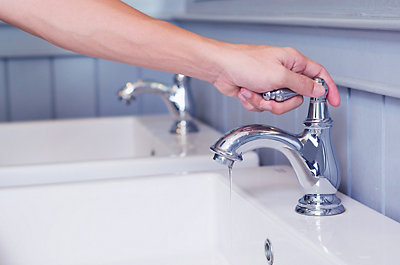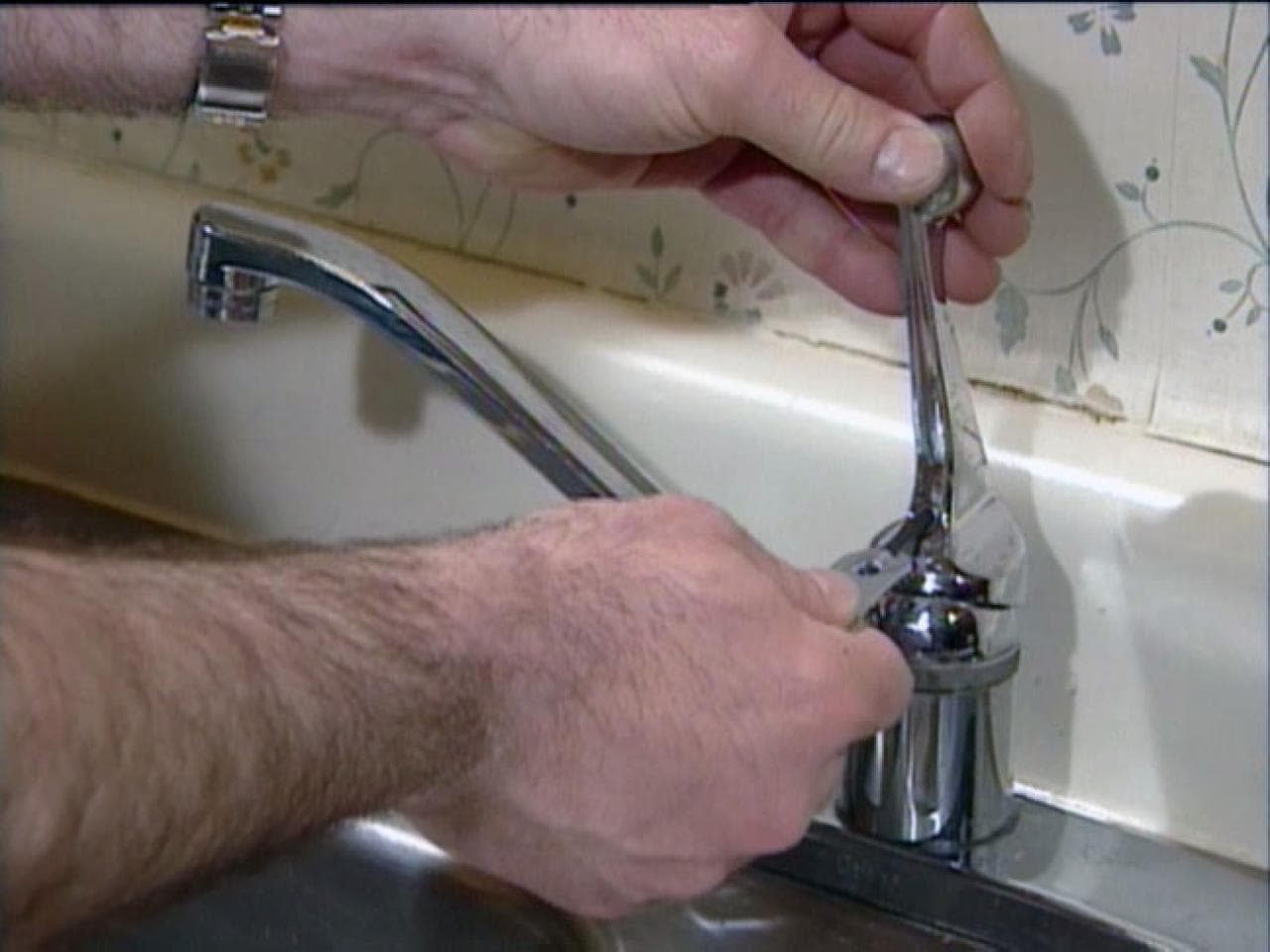Your Significance of Dealing with a Broken Faucet
Your Significance of Dealing with a Broken Faucet
Blog Article
Each person has got their own ideas involving Should I Repair or Replace a Leaky Faucet?.

Leaking faucets might look like a small hassle, however their influence surpasses just the annoyance of the sound. From drainage to sustaining unnecessary economic expenses and wellness threats, overlooking a leaking tap can lead to various effects. In this post, we'll look into why it's critical to address this common house issue without delay and successfully.
Wastefulness of Water
Ecological Effect
Leaking taps add dramatically to water wastefulness. According to the Epa (EPA), a solitary faucet dripping at one drip per secondly can squander greater than 3,000 gallons of water each year. This not just stress water sources however likewise affects ecological communities and wild animals based on them.
Financial Prices
Boosted Water Bills
Beyond the ecological impact, trickling faucets can inflate water expenses substantially. The collected wastage over time converts into higher utility costs, which can have been avoided with prompt fixings.
Potential Building Damages
Furthermore, long term dripping can lead to damage to fixtures and surfaces bordering the tap. Water buildup can trigger staining, deterioration, and also structural concerns if left unattended, leading to extra fixing prices.
Health and wellness Problems
Mold And Mildew and Mildew Development
The constant existence of moisture from a leaking faucet produces a perfect setting for mold and mildew and mold growth. These fungi not just jeopardize interior air quality yet additionally position health and wellness risks, especially for people with breathing problems or allergic reactions.
Waterborne Illness
Stationary water in trickling taps can come to be a breeding place for bacteria and other microorganisms, boosting the risk of waterborne conditions. Contaminants such as Legionella germs prosper in stagnant water, possibly bring about major illnesses when ingested or breathed in.
Do it yourself vs. Specialist Fixing
Advantages and disadvantages of DIY Repair Work
While some might try to fix a trickling tap themselves, do it yourself repair services feature their very own set of difficulties. Without proper expertise and devices, DIY efforts can worsen the problem or cause insufficient repair services, extending the issue.
Benefits of Hiring a Professional Plumber
Employing an expert plumber guarantees that the underlying root cause of the trickling tap is resolved properly. Plumbing technicians have the competence and tools to detect and fix tap issues effectively, saving time and lessening the threat of additional damage.
Step-by-Step Overview to Taking Care Of a Dripping Tap
Tools Called for
Before attempting to deal with a trickling tap, gather the necessary tools, consisting of an adjustable wrench, screwdrivers, substitute components (such as washing machines or cartridges), and plumber's tape.
Common Faucet Issues and Their Solutions
Recognize the type of tap and the particular concern causing the drip. Usual issues include damaged washing machines, rusty shutoff seats, or damaged O-rings. Refer to maker guidelines or on-line tutorials for step-by-step advice on repairs.
Safety nets
Routine Upkeep Tips
To avoid dripping taps, perform routine maintenance such as cleaning aerators, evaluating for leakages, and changing damaged parts immediately. Additionally, take into consideration installing water-saving tools or upgrading to more efficient fixtures.
Importance of Prompt Repairs
Addressing trickling faucets as soon as they're discovered prevents further water waste and prospective damage, eventually conserving both water and cash in the long run.
Influence On Property Value
Perception of Well-Maintained Residential Or Commercial Property
Keeping a property in good condition, consisting of resolving maintenance concerns like leaking faucets, boosts its perceived value and charm among potential purchasers or occupants.
Influence on Resale Worth
Characteristics with well-kept plumbing fixtures, consisting of taps, command greater resale worths in the realty market. Dealing with dripping taps can contribute to a positive impact during residential property inspections and settlements.
Ecological Obligation
Specific Contribution to Preservation
Taking duty for taking care of leaking faucets straightens with more comprehensive initiatives towards water conservation and ecological sustainability. Every individual's actions jointly make a considerable influence on protecting valuable sources.
Lasting Living Practices
By prioritizing timely fixings and adopting water-saving habits, individuals add to sustainable living practices that benefit both existing and future generations.
Verdict
Addressing a trickling tap goes beyond plain benefit; it's a vital step toward saving water, reducing economic expenses, and securing health and property. Whether with DIY repair work or expert help, taking action to fix leaking taps is a small yet impactful method to advertise accountable stewardship of sources and add to a healthier, much more sustainable future.
Most Common Reasons for a Leaky Faucet and How to Stop the Drip
Whether it’s your kitchen faucet leaking or a bathroom faucet leaking, one leaky faucet can waste anywhere from three to 30 gallons of water every single day. If the constant drip-drip-drip doesn’t get your attention, your water bill will. The good news is that, by following a few simple steps, chances are pretty good you can fix the problem yourself.
Why is it dripping?
Before you start taking things apart, let’s break down some of the most common causes of a leaky faucet.
Bad O-ring.
A cartridge is a valve that controls the flow of water into the faucet spout. On cartridge faucets there’s an O-ring—the little disc attached to the stem screw that holds the faucet handle in place. If it’s loose or worn-out, it can cause your sink handle to leak. Of course, the cartridge itself could be worn out. If that’s the case, make sure you replace it with the exact same kind.
Corroded valve seat.
The valve seat connects the faucet and the spout. If the leak seems to be coming from the spout, it might be because a buildup of water sediment has corroded the valve seat.
Worn-out washers or seals.
A leaky spout could be caused by a bad washer that rests against the valve seat. It’s just a matter of time before friction takes its toll. It could also be the wrong size washer or one that’s been installed incorrectly. Water sediments can also corrode inlet and outlet seals.
Water pressure.
If the faucet only drips now and then, or when you turn the handles a certain way, you should probably check your home’s water pressure.
Loose or broken parts.
The adjusting ring and packing nuts in the stream screw can become loose over time, causing your sink handle to leak. Try tightening or replacing the packing nut. If the leak is coming from the pipes underneath the sink, you probably have a broken pipe or fitting. If that’s the case, you should definitely call a plumber.
Know your faucet.
Faucets come in a variety of types. Each one has its own assembly—and its own possible causes of leaks. Learning about the four most common kinds of faucets will help you know how to take them apart and make any repairs.
How to stop a leaky faucet
Fixing that leaky faucet doesn’t have to take a lot of time, money, or expertise. It’s usually a simple matter of replacing a worn-out washer or gasket, a loose O ring, or another part. Chances are really good you can do this yourself if you follow these simple steps.
Shut off the water.
Before you tackle the faucet, cut off the water supply to the sink. There should be one valve for hot and one for cold. Hand-turn them clockwise with your hands till they close. If there are no valves under the sink, head to the basement and shut off the main water supply to the house. Then turn on the faucet until it empties out the water that’s still in the line and you’re ready to start. It’s a good idea to cover the sink drain with a plug or a rag so you don’t lose any small pieces and parts while you’re working.

Hopefully you enjoyed our part about . Thank you so much for finding the time to read our piece of content. Do you know about someone else who is truly interested in the topic? Why not share it. I am grateful for your time. Kindly check our website back soon.
Report this page